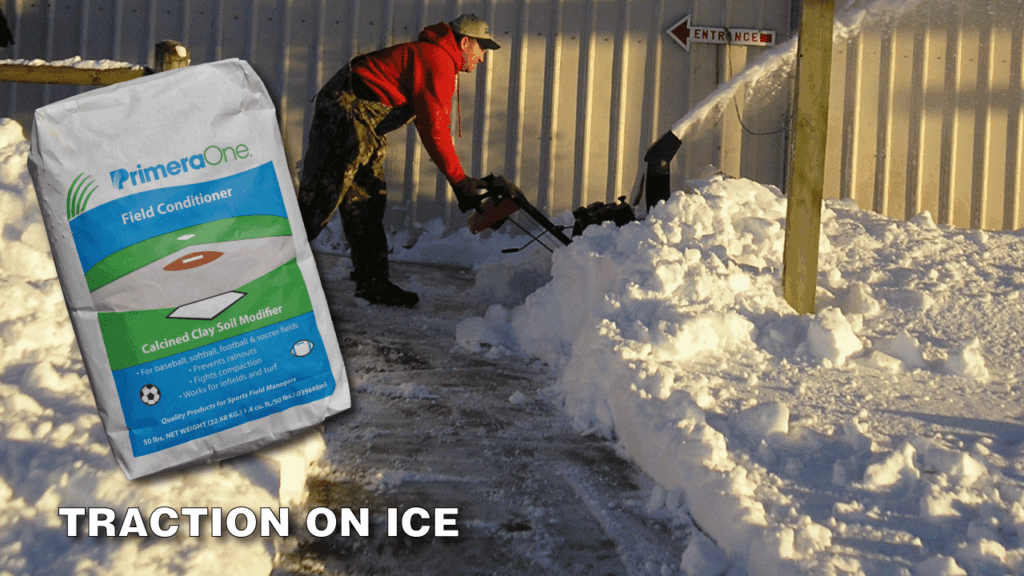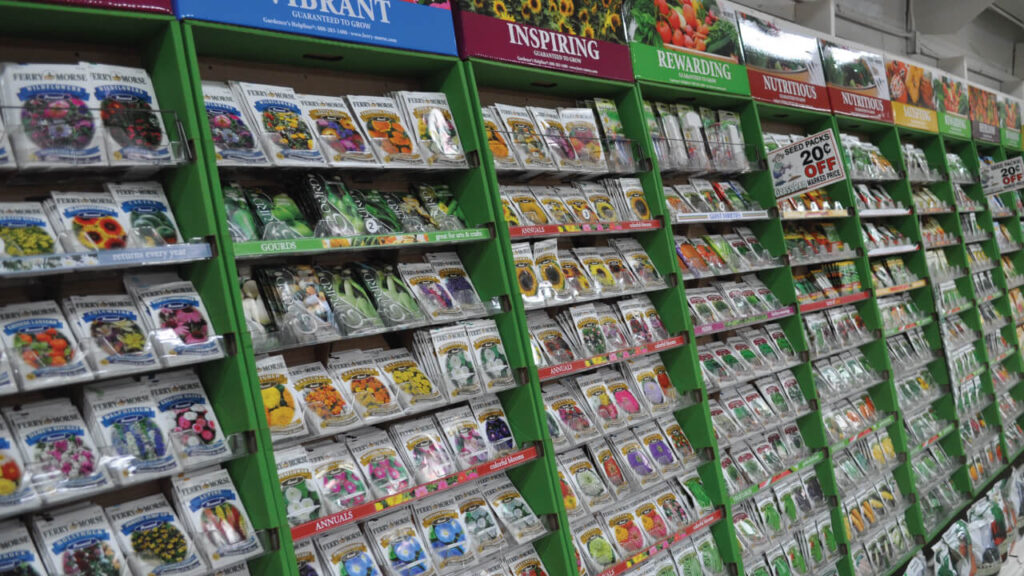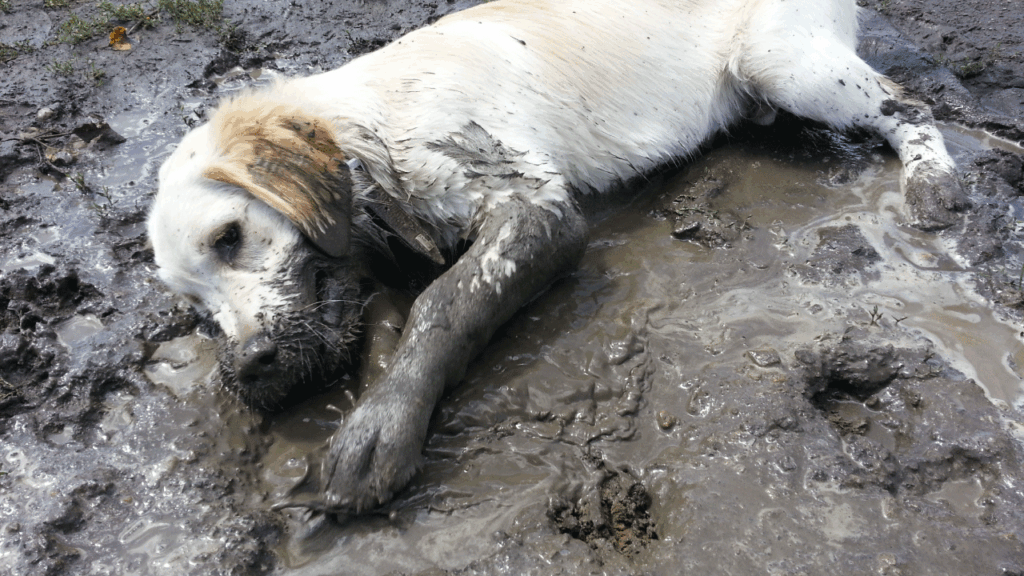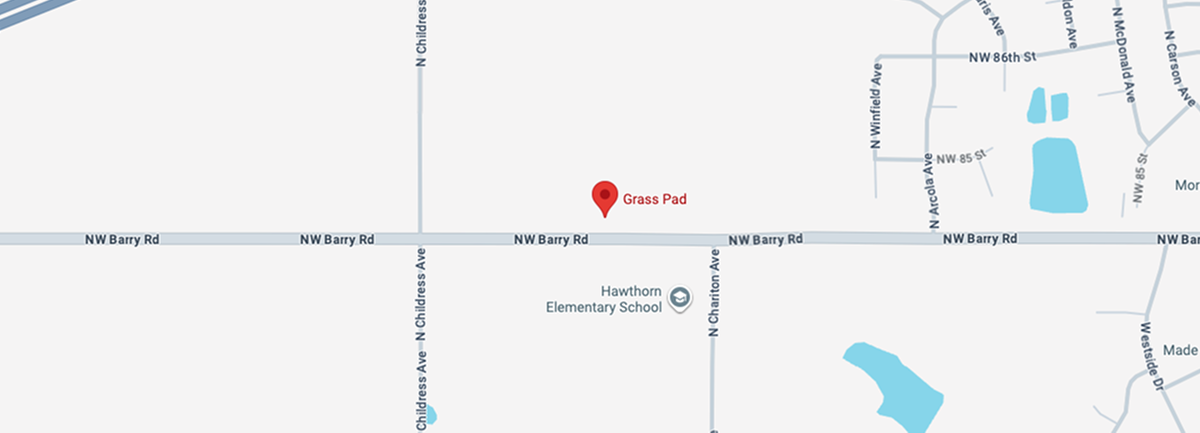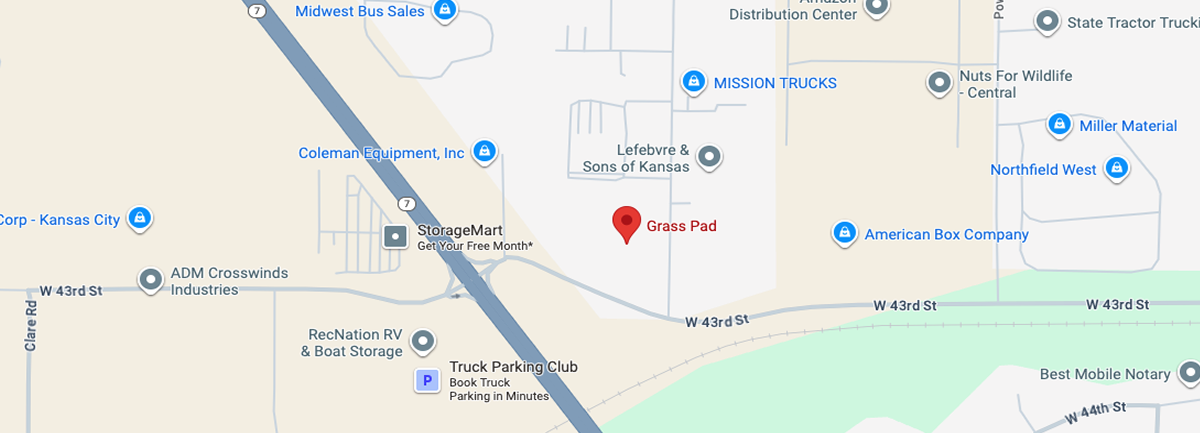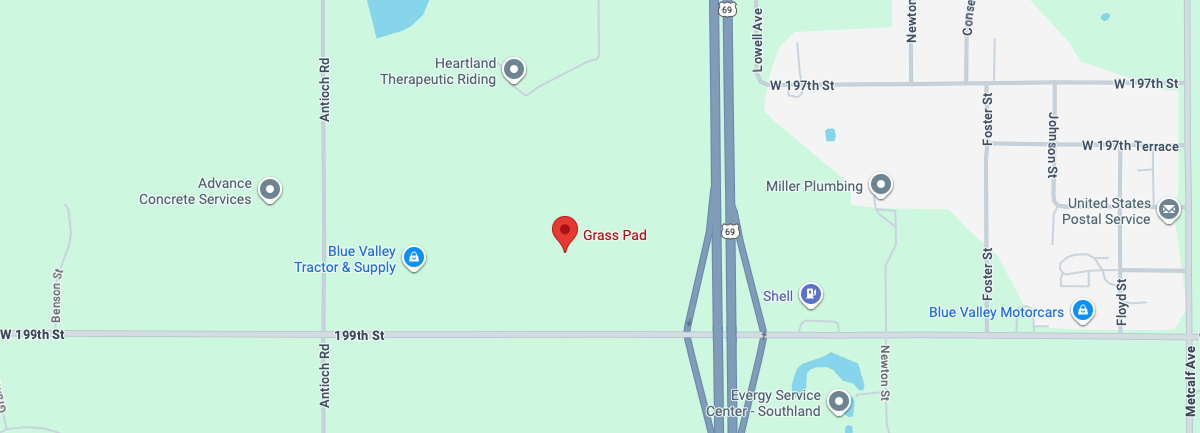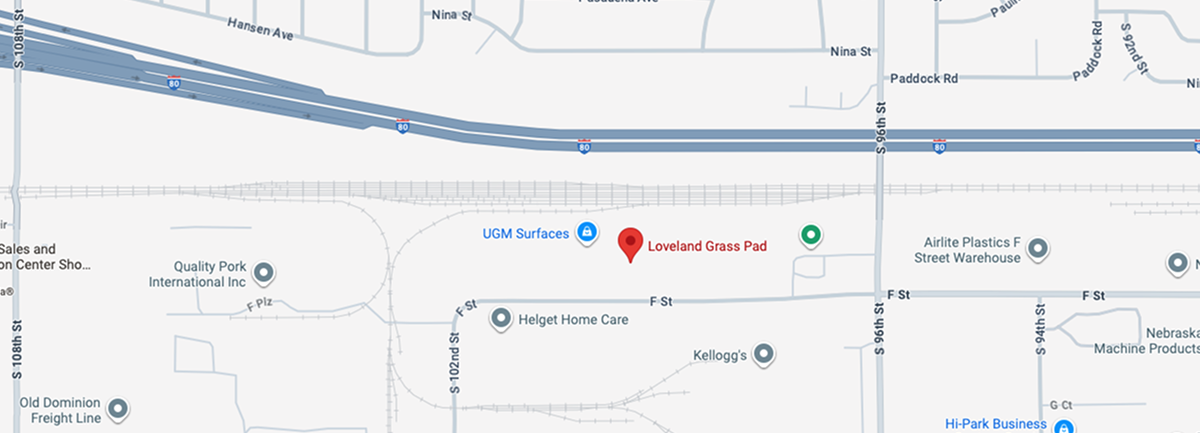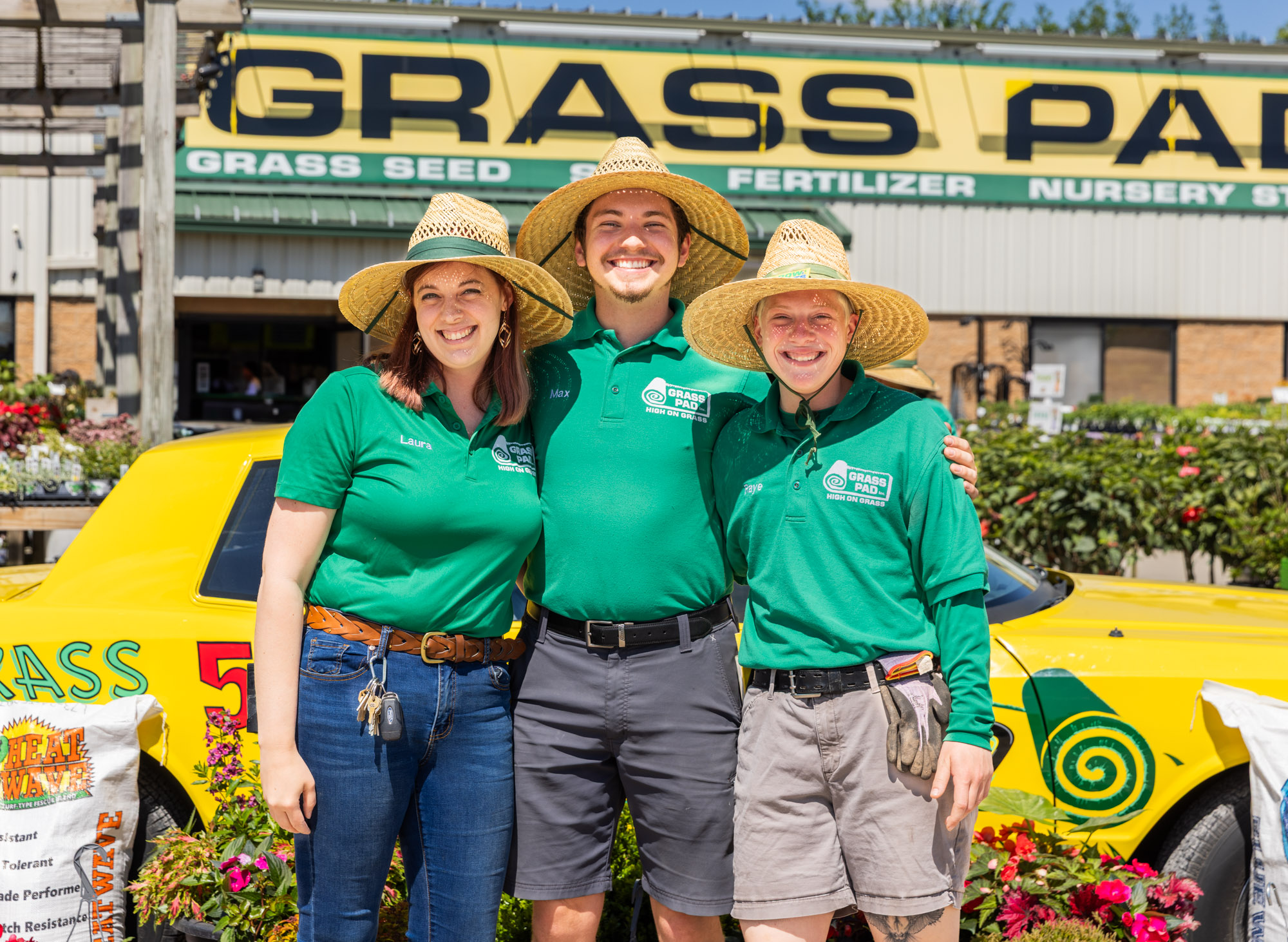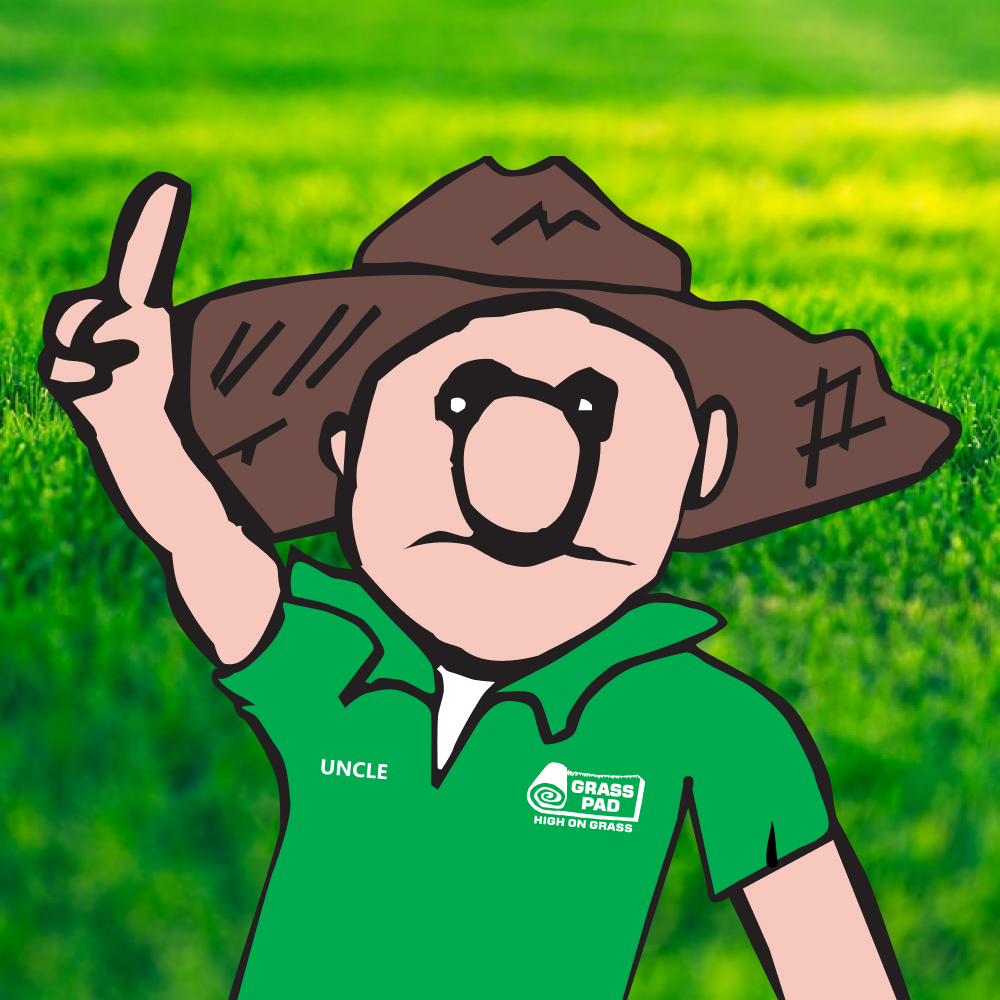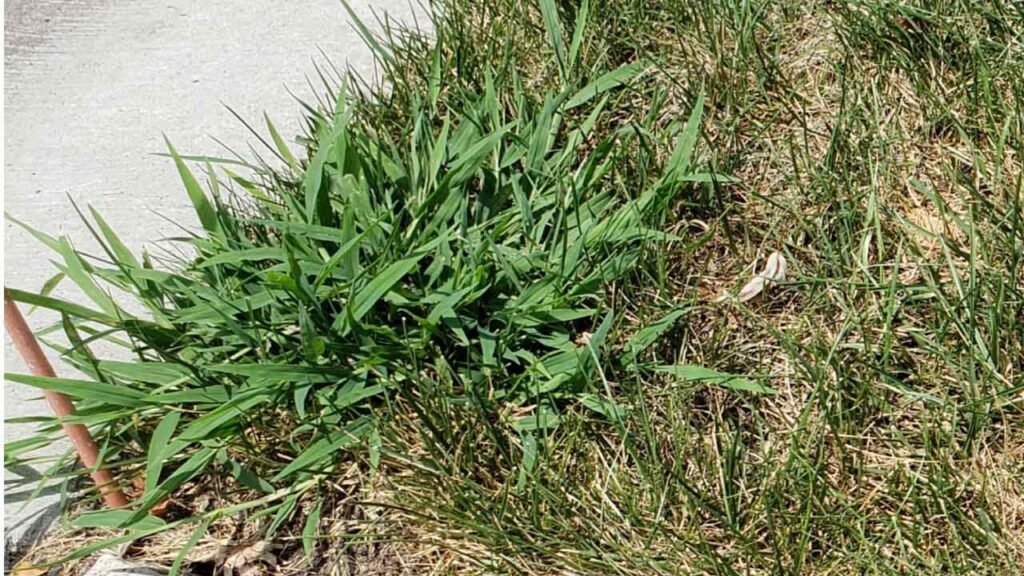
Ugly grassy weeds will stand out in dormant summer-stressed lawns. These summer grass weeds thrive in hot, dry conditions and have less competition from summer dormant turf grasses. Below is Uncle’s list of the most common ugly grassy weeds and how they can be controlled.
Uncle’s Tip: Timing of application and weather conditions are essential to the effectiveness of weed controls. In particular, applying any herbicide during extreme heat and drought while the turf is under stress can damage the turf. Always read the product label for directions for application.
Crabgrass
Description: Common crabgrass species include smooth and hairy crabgrass. An annual grassy weed germinating from March through June when soil temperatures reach 55 degrees, crabgrass will appear in thin open lawn areas. Mowing too low and improper watering practices encourage crabgrass infestation. Seed heads appear from July to September generating thousands of seeds and giving rise to new plants the following spring and summer.
Quick ID: Light green with wide blades. Low growing with a spreading habit. Seed heads have 3 to 5 finger-like spikes extending from a thin main stem.
Post-Emergent Control: Q-BOMB
Pre-Emergent Control: PREVENT!
Uncle’s Tips on Crabgrass Control: Crabgrass germinates in cooler spring soils. Follow the Idiot Proof Lawn Program and apply Step 1 PREVENT before Mid-April. Thick, dense turf is the best weed prevention. No bare spots mean no room for the weeds to move in.
Foxtail
Description: Common foxtail species include green and yellow foxtail. A summer annual grassy weed, foxtail germinates in warm soils from late spring to fall when soil temperatures exceed 65 degrees. Prime germination temperatures range from 70 to 80 degrees. Foxtail can tolerate drought conditions and prefer sunny areas. Seed heads appear from July to September generating thousands of seeds and giving rise to new plants the following spring and summer.
Quick ID: Coarse-bladed leaves are a pale to medium green, approximately ¼ to ½ inch wide—upright clumping growth habit. Stems are reddish-purple at the base. Seed heads are yellow to green similar in shape to a fox’s tail.
Post-Emergent Control: Q-BOMB
Pre-Emergent Control: PREVENT!
Uncle’s Tips on Foxtail Control: Foxtail germinates late and kicks into high gear in the middle of summer; applying Step 3 PREVENT to extend control on foxtail through the summer months is important.
Nutgrass
Description: Common nutsedge, also called nutgrass, include yellow and purple nutsedge. Yellow nutsedge is a cold-tolerant perennial sedge and spreads rapidly from tubers (nutlets) at the tips of its rhizomes. Sedges thrive in wet or poorly drained soils. Avoid pulling up by hand. Pulling the plant stimulates tuber/nutlet production, encouraging new plant growth.
Quick ID: Fast growing in summer, shooting up over the grass almost overnight after mowing. Nutgrass or nutsedge have waxy three-sided or triangular stems with a prominent mid-rib. The yellow-colored seed heads identify yellow nutsedge. Purple nutsedge has a reddish-purple seed head.
Post-Emergent Control– NUTBUSTER or SEDGE-STOP (Avoid Hand Pulling)
Uncle’s Tips on Nutgrass Control: Nutgrass has a waxy coating. Always add STIKIT, a non-ionic surfactant, to Nutbuster. STIKIT enhances the effectiveness of liquid applications of weed control products.
Orchardgrass
Description: Common orchardgrass is a perennial cool-season grass that is considered a weed growing in fields, ditches, and pastures from coast to coast. Undesirable in lawns and athletic fields, orchardgrass seeds can encroach from nearby fields and are often found in contaminated substandard grass seed mixes distributed through national discount stores, home improvement, and hardware stores.
Quick ID: Orchardgrass has a light green to bluish-green foliage with a bunch-type growth habit and panicle seed head. Plants spread by tillering, leading to clumps with a dense fibrous root system.
Post-Emergent Control – ERASER (non-selective weed killer) or Hand digging
Pre-Emergent Control – Proper turf management to minimize weedy grass encroachment.
Uncle’s Tips on Orchardgrass Control: Reduce the risk of orchardgrass infestation by planting only Grass Pad-certified weed-free grass seed.
Johnsongrass
Description: Johnsongrass is a perennial grassy weed frequently found on roadsides, pastures, and disturbed fields. It is not common in home lawns, but it can sometimes pop up near new home construction zones or unknowingly be introduced from bagged or bulk topsoil during lawn renovations. Spreading by seeds and rhizomes makes johnsongrass challenging to control
Quick ID: Johnsongrass has rough, wide blades with a white central vein resembling a corn plant. Johnsongrass has an erect habit reaching 2 to 7 feet tall.
Post-Emergent Control – ERASER (non-selective weed killer)
Pre-Emergent Control – Proper turf management to minimize weedy grass encroachment.
Uncle’s Tips on Johnsongrass Control: Johnsongrass is tough as nails. The only effectove control for johnsongrass is ERASER, a non-selective weed-and-grass killer.
Goosegrass
Description: Goosegrass germinates when soil temperatures reach 60 to 65 degrees. An annual grassy weed, goosegrass grows profusely in compacted soils. Goosegrass flourishes in thin open areas subject to high-traffic use. Mowing too low can also contribute to goosegrass establishing itself. Severe infestations may indicate the need for aerification to alleviate compaction.
Quick ID: Goosegrass has a flat or prostrate growth habit, often silvery-white in the center with a wagon-wheel-like appearance.
Post-Emergent Control: Q-BOMB
Pre-Emergent Control: PREVENT!
Uncle’s Tips on Goosegrass Control: Goosegrass germinates later in warm soils. Following the Idiot Proof Lawn Program and applying Step 3 PREVENT is key to preventing goosegrass. Thick, dense turf is the best weed prevention. No bare spots mean no room for the weeds to move in.








